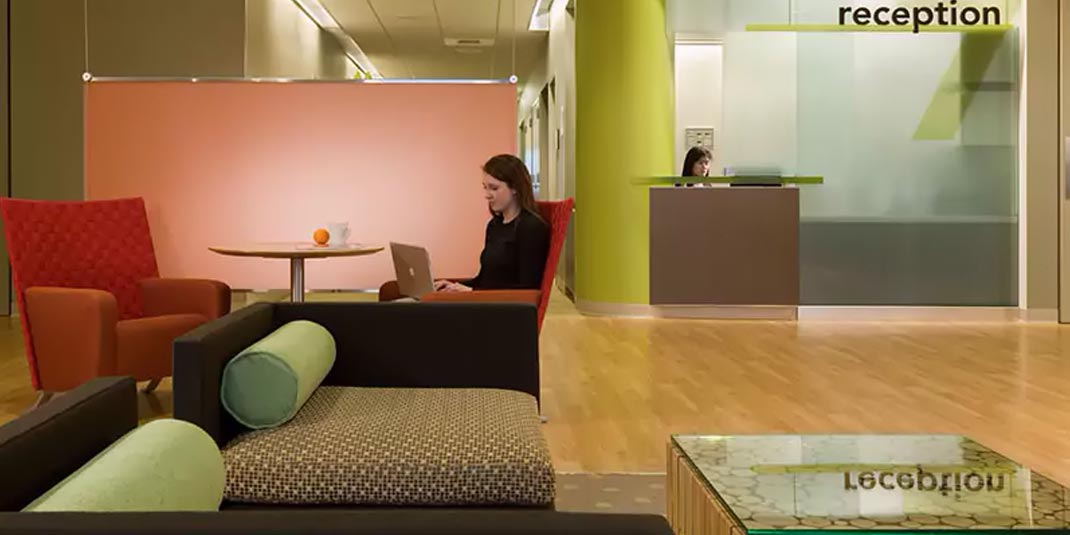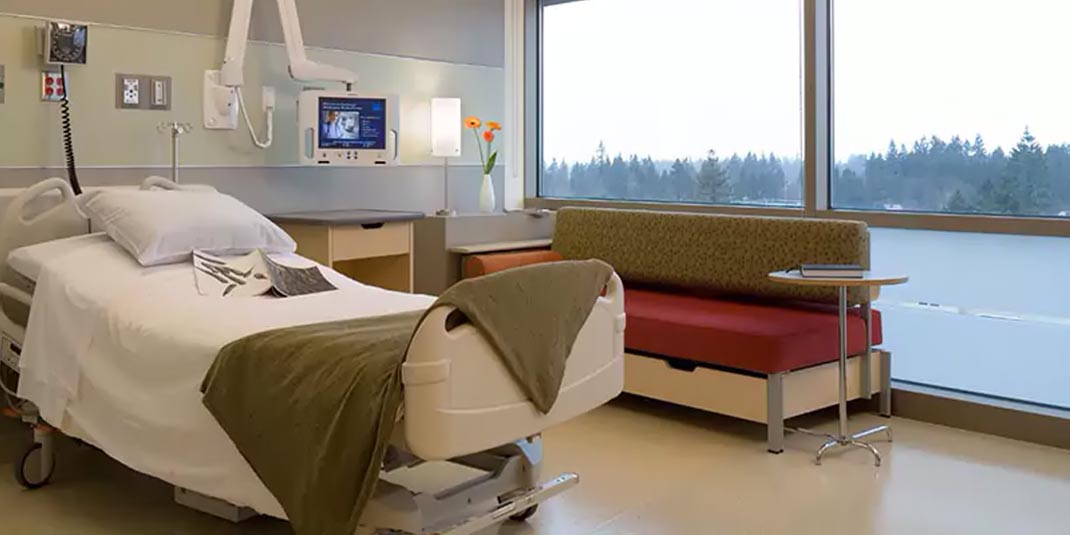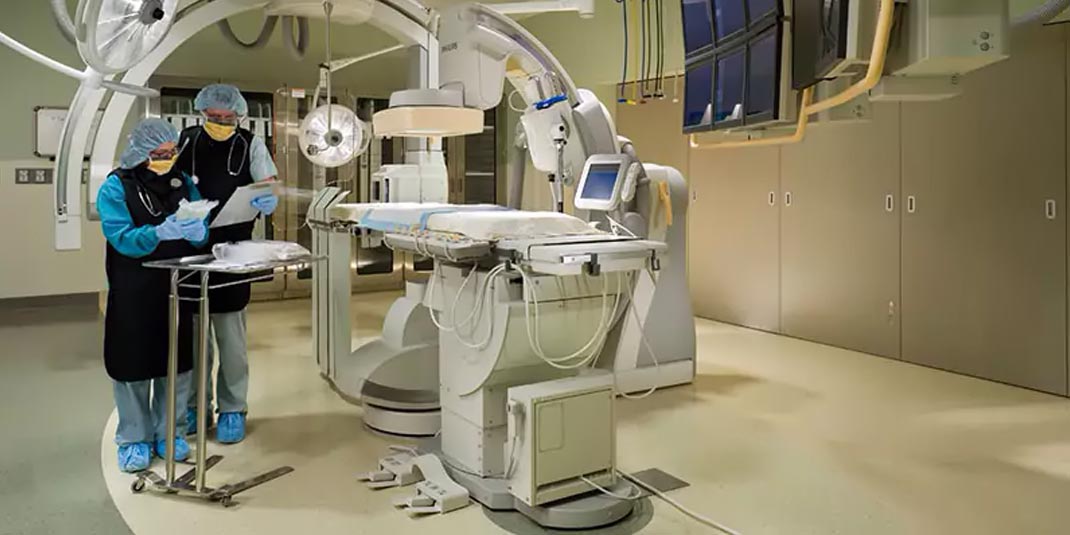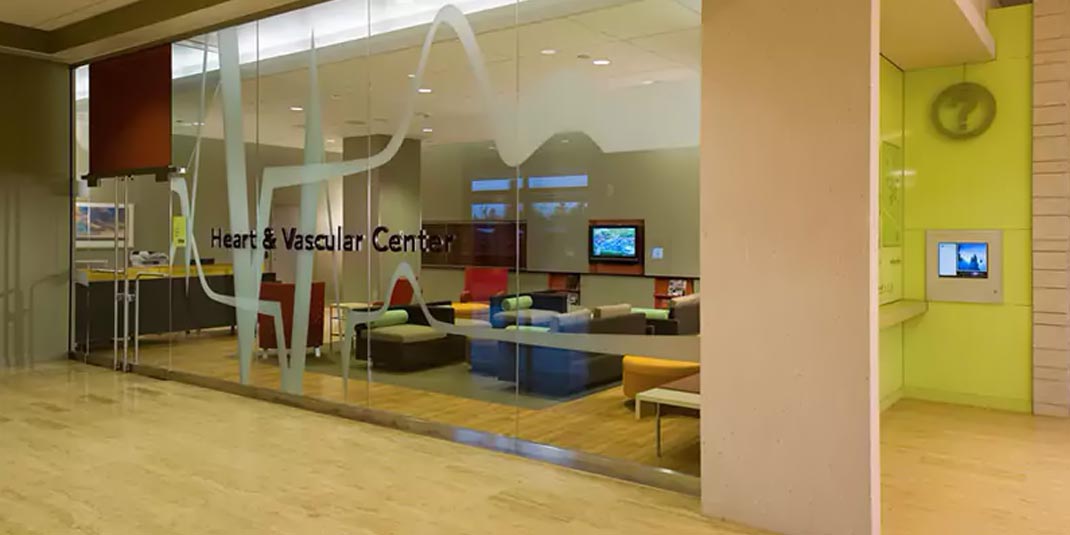Southwest Washington Medical Center
Pearlescence Helps Position Hospital for the Next 150 Years
The Southwest Washington Medical Center (SWMC), Vancouver, Washington, has been serving the community since 1858. Facing strong competition for the first time in a region with increasing population growth, this respected institution looked to create a state-of-the-art facility that would serve as the first phase of a complete campus renewal for the hospital’s next 150 years.
SWMC commissioned global design firm NBBJ to design a medical tower that would not only double the hospital’s medical, surgical, and key support services, but also allow it to provide the latest innovations in medical care, attract and retain the best medical staff, and set new precedents for patient well-being.
We really wanted to focus on making a warm environment for patients, family, and staff
says Christine Vandover, the interior designer on the project.
Making a hospital feel like a hotel
To start, NBBJ conducted proprietary research to uncover new insights into the patient experience. Vandover says this research provided the design team with a different perspective on the purpose of a hospital room itself:
We found that designing a hospital room was similar to designing a hotel room.
“We wanted people to feel comfortable. The warm gray in the Pearlescence collection (2407-T Taupe) enabled us to do just that,” Vandover reports, “And the pearl texture allowed for light reflection to brighten up the room.”
Vandover says they also sought finishes and materials that helped to create seamless transitions between the family waiting area and the patient’s hospital room as well as between the hospital rooms and the operating rooms.
She achieved this goal by using deeper, richer tones in the lobby and family areas instead of the lighter color that was used for the patient rooms. “The warm gray Pearlescence and off-beige worked very well throughout the hospital,” she says
Cleanable, durable, and Beautiful
Finally, Vandover was faced with another challenge: While most designers are only concerned about the durability of horizontal applications, she also had to address the durability of vertical applications. Hospital staff and patients are in constant motion so walls have to withstand being banged into by gurneys, wheelchairs, IV poles, carts, and other equipment. Surfaces also must be easy to clean, especially in the operating rooms.
To ensure a heightened level of utility, Vandover turned to her Lamin-Art representative.
We needed something very durable. Our representative recommended the Oyster Shield High-Wear ProtectionTM for the Pearlescence laminates and it turned out great.
Click here to download a PDF version of this case study.









The information below is required for social login
Sign In
Create New Account